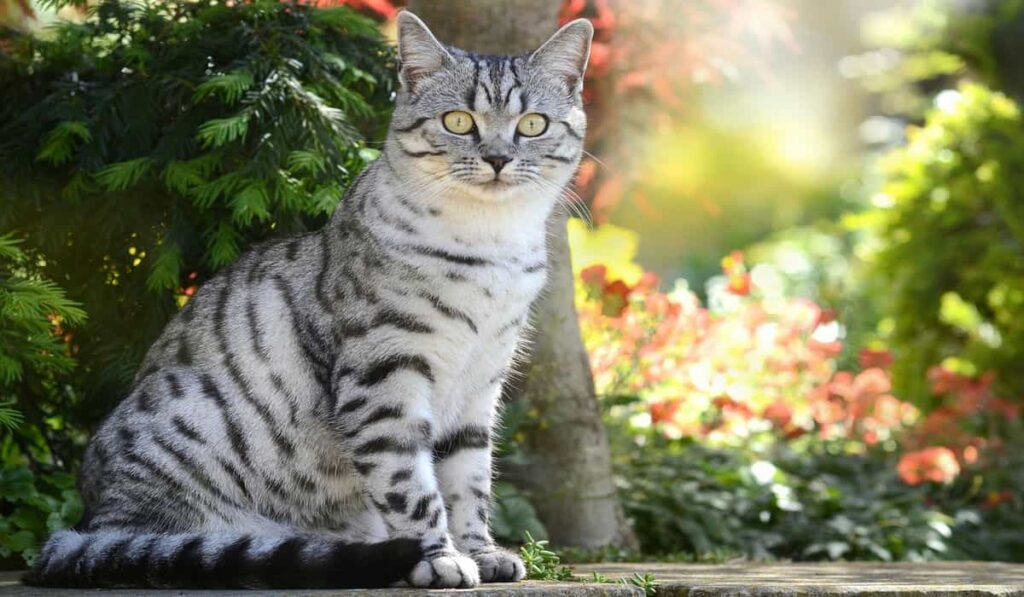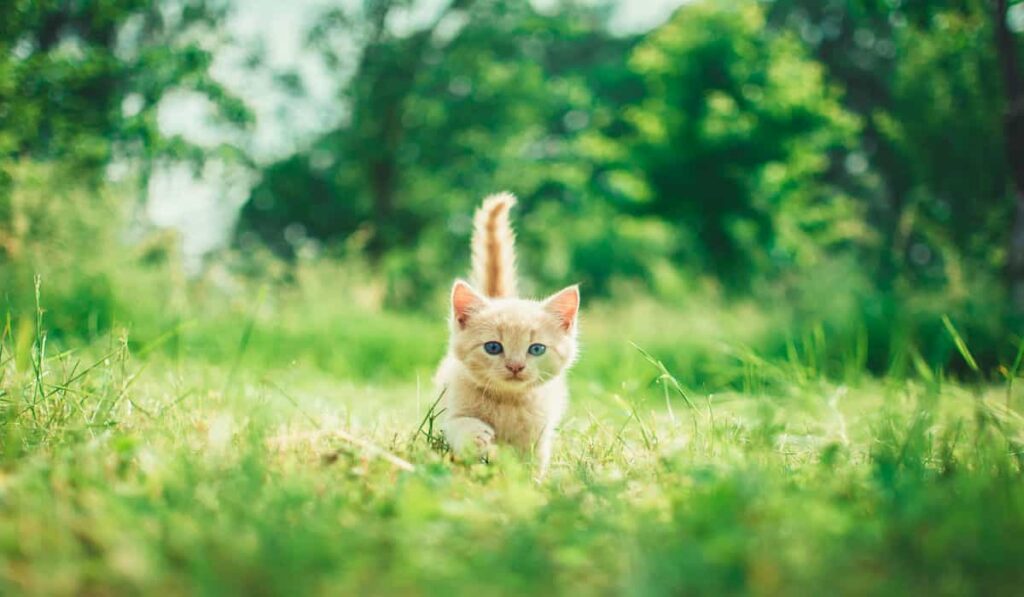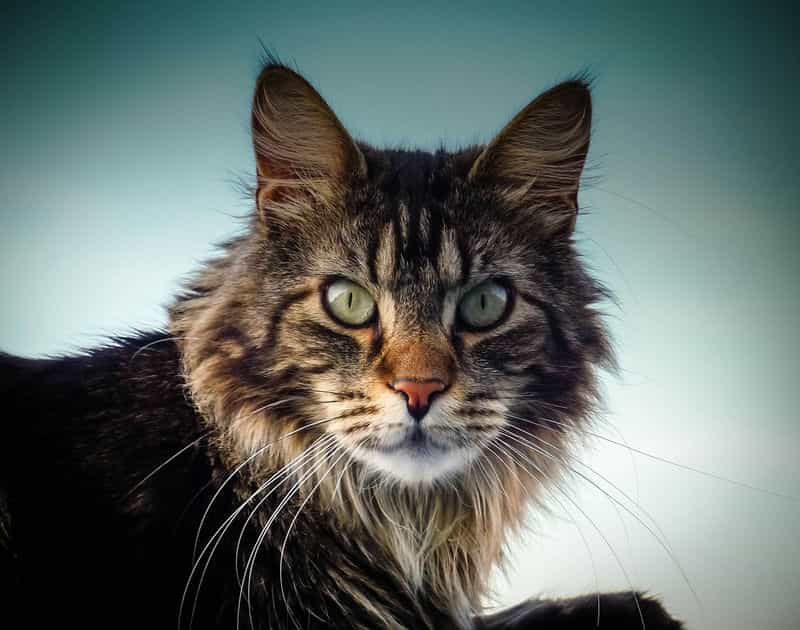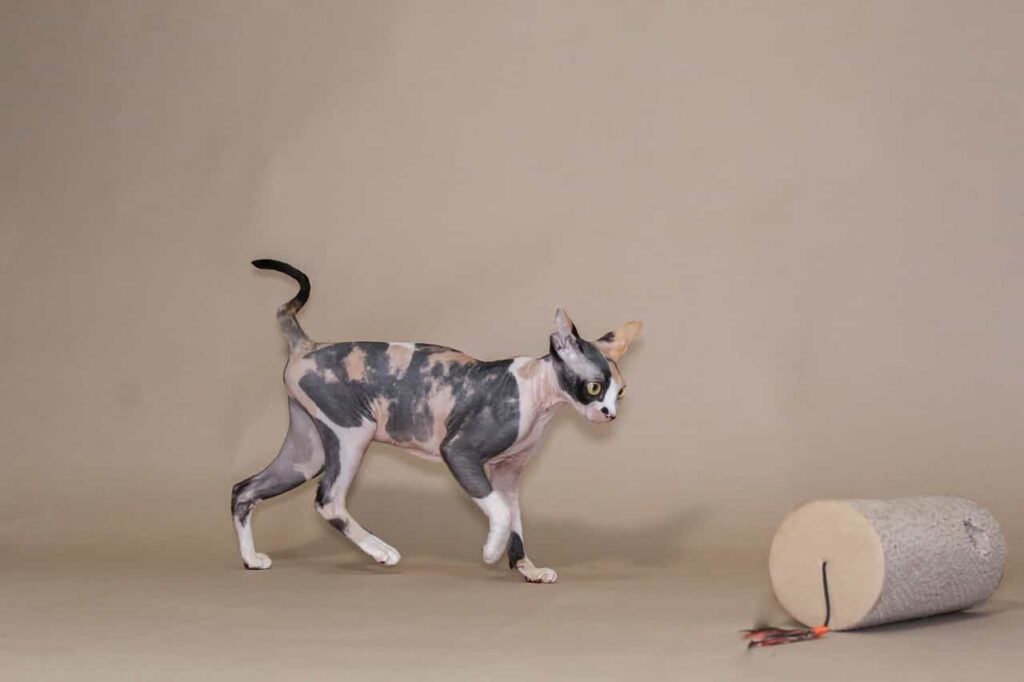The British Longhair cats are the same as the British Shorthair except for the coat size. It is a hybrid cat crossbred between The British Shorthair and the Persian Cat.
So, they’re half British and half Persian. It is known as Britannica in the USA. The sweet, calm, and family-oriented cat is very adorable and has a great personality.
Their Luxurious, silky, and soft hairs have more than 300 colours and patterns.
If you’re interested in the sweet breed, then follow me.
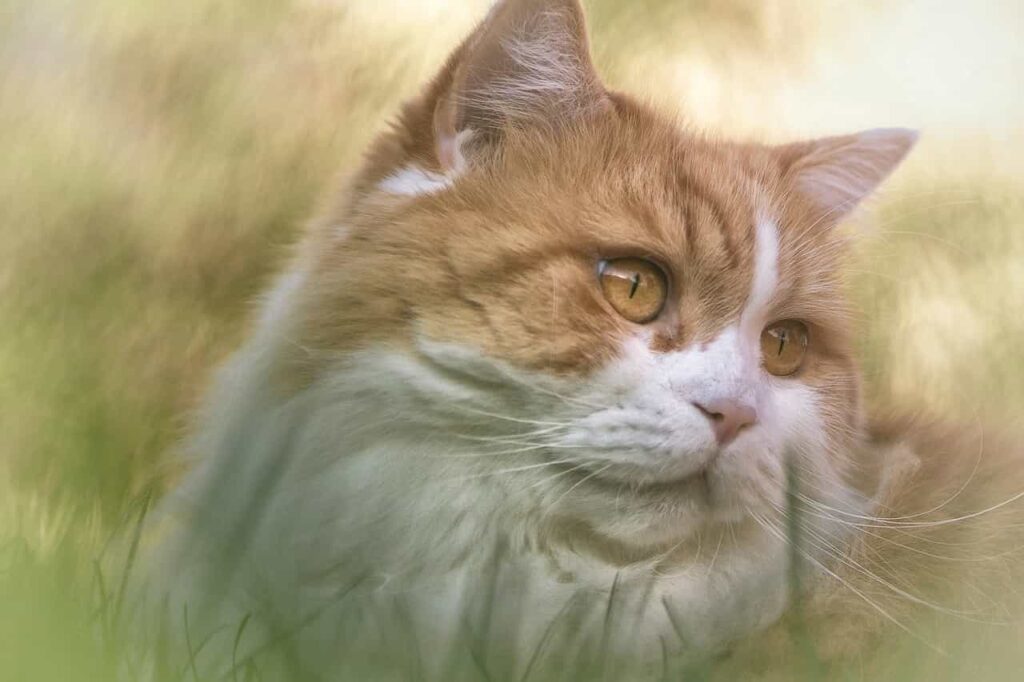
Jump to sections
Breed specialty of British Longhair cat:
Other names | British Longhair variant, Brush Semi longhair Brish, Britannica in some Europe Countries, and Lowlander in the USA. |
Personality: | Sociable, loyal, and affectionate, loves unconditionally, great adapter, peaceful, calm, and friendly with children, strangers, and other pets, clever, player, curious, but also tolerates loneliness. |
Other traits | Suitable for first-time owners. |
Length | 12-14 inches |
Weight | 13-17 Pounds and females are significantly shorter than males. |
Life spans | Up to 20 years, Some are more than that period of time. |
Coat patterns | Pointed, Tabby, Bi-color, tri-color, Chinchilla, Torbie, Tortie, etc. |
Coat length | Long |
Coat colors | Chocolate, Cinnamon, Silver, Fawn, Blue, Black, Cream, White, and Red. |
Eye colors | Golden, Blue, Green, and Emerald color. |
Activity and playfulness | Medium |
Voacalize | Not much, when necessary. |
Intelligence level | High |
Origin | United Kingdom |
Allergy tendency | Not a big issue. |
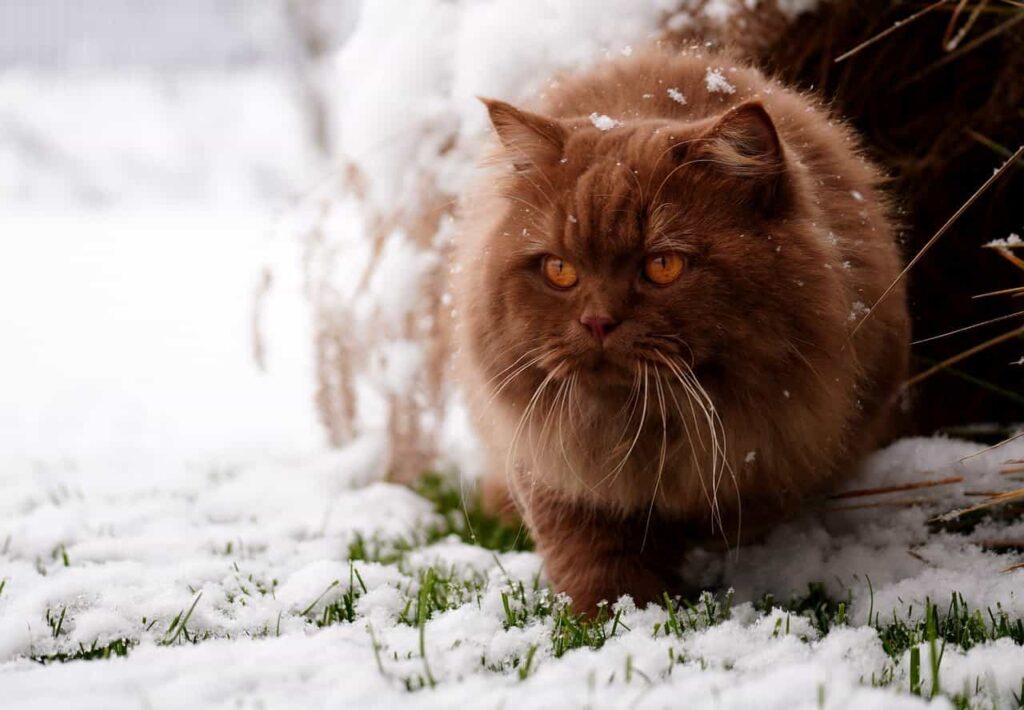

Origin of the breed:
The British Longhair cat’s ancestors made their way to Britain with the Romans. The Romans lived in the ships. They carried their food in those ships.
So, it is very natural that the rats will come to the ships and destroy food. So, the cats were used to working as pest controllers in those ships.
With the passing of time, the Romans left England, but the cats became the dwellers of England.
They met with domestic and wild cats and interbred the British Shorthair cats. The story of the Longhairs begins now.
Well, the Longhair cat’s ancestors were the British Shorthairs and the Persian cats.
The carriers wanted longhaired hybrids. So, imported Persian cats (Turkish Angora) and crossbred with the British Shorthair in the mid-20th Century, and the result was the British Longhair.
Now the turn of recognition. The Government Council of the Cat Fancy and Felis Britannica recognized it as the British Longhair for the first time.
The International Cat Association exhibited the breed for the first time in 2009. Some Pedigree Registry Organizations acknowledged it in 2015.
Thus the Hybrid became popular among cat lovers.
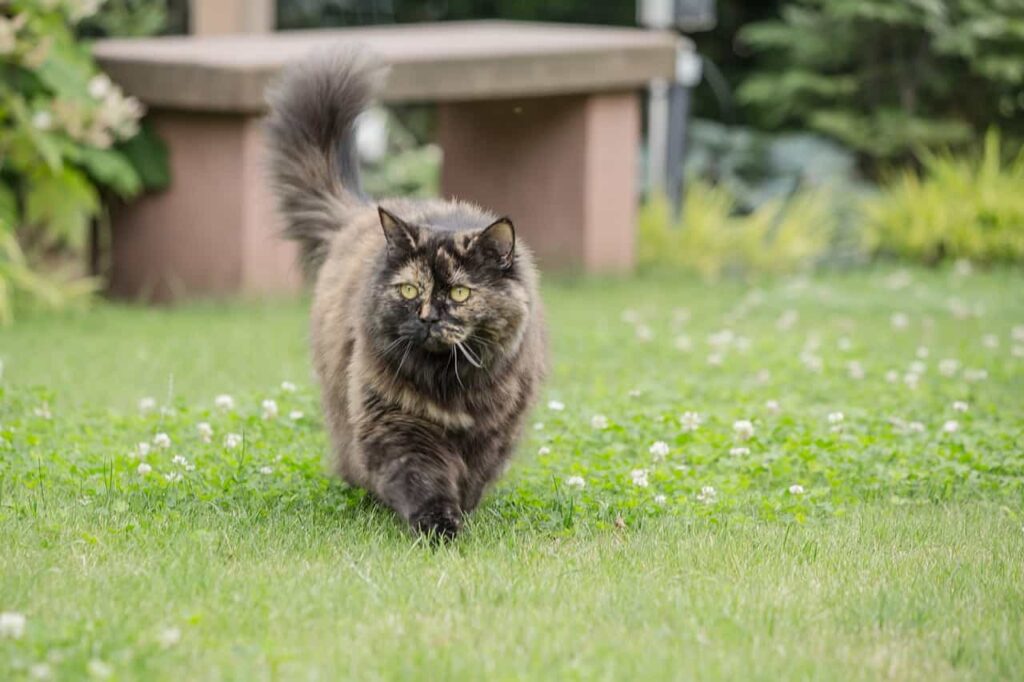

The appearance of British Longhair cat:
Body: Both are medium to large, and the chest is broad and deep.
The head is rounded and broad. Chin is strong, and the whisker pads and cheeks give an expression of a smile because of clear visibility.
Ears are Small and pointed ears as usually wide from the base, and the tip is round.
They stare at you with large and round eyes with Golden, Blue, Green, and Emerald colours.
The tail is thick with rounded tips. It is 2/3rd of the body.
Legs are strong, proportionate to the body with soft paws, and also muscular.
The whole body is covered with long furs, and it seems that they are wearing a garland full of furs.
Temperament and nature of British Longhair cat:
The breed is very calm and balanced in nature. They can stay alone for long hours. They don’t need the continuous company of their owners and not even daily company.
They sit in a corner a wait for the return of the owner. Your home decoration, furniture, and other animals, even children, will remain intact. No worries.
They can communicate with the other animals in a common language. They have received an inheritance of patience and gravity. So, they never are annoyed by children’s pranks or other animals.
They are also very tolerant of babies and naughty children, don’t like squeezing, and when they get bored with someone, they just leave the place.
They don’t have any problem coping with other pets. They have adopted the characteristics of the English men. Very gentle and strong personalities.
They can match with a new place without any problem. They can understand the situation of the house, and as they grow older, they become more calm and gentle and never get dirty.
The Longhaired cats are not so active and playful. They sleep a lot, almost 2/3rd of their life. But it doesn’t mean that they never play.
They love to play a few times in their basket and chase a ball. Don’t want to play with them at your convenient time. They won’t respond. If possible, then play during their playtime.
They never annoy you by meowing. Though their ancestors were pest controllers, the Longhaired British are completely devoid of hunting tendencies.
So, they won’t help you by hunting rodents. They are totally house-cats and don’t want to go outside, but if you take them out, then they can tolerate a crowd of people.
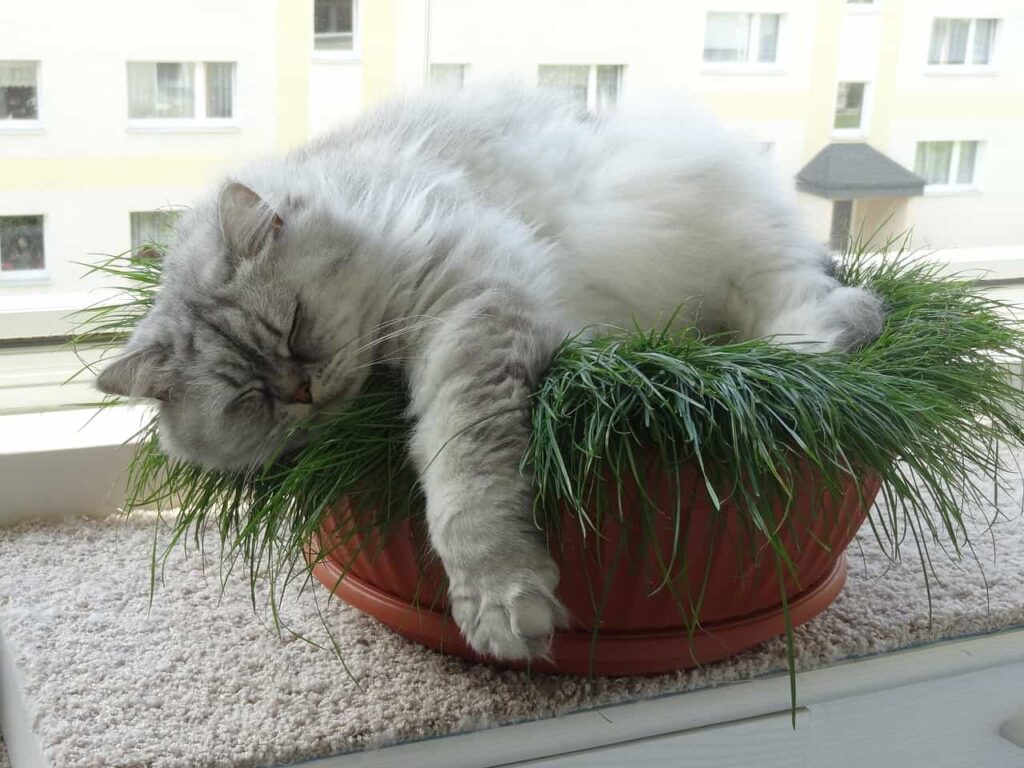

Caring, grooming, and exercise tips for British Longhair cat:
You should give stress the breed’s coat brushing as they are longhaired. Brush them daily to avoid hairballs, knots, and tangles in the undercoat. When they shed, you should brush the coat more carefully to remove the shed of dead hairs.
Other care: Brushing the teeth, trimming the nails, and visiting the vet after every 6 months like other animals.
As they’re house cats, they don’t have the risk of worming by their paws.
Please encourage them to drink plenty of water because they need it, and don’t provide them with milk because milk can create stomachaches.
Besides, you also have to engage them in playing and exercises as they are prone to get obese.
How to train your British Longhair:
First of all, if you adopt a kitten, then its age must be more than nine weeks because a kitten learns about adapting and socializing from its mother during this time.
Please prepare a soft basket for the new member and other training equipment so that your kitty can become a soft scrapper, and also bring a litter box.
The house environment must be comfortable and friendly for the innocent British. The breed is very intelligent that will try to pull everything to its bucket and understand your commands.
Protect your cats from external forces and attacks. You also need to tell the other inhabitants of your house to respect the kitty so that it can be comfortable.
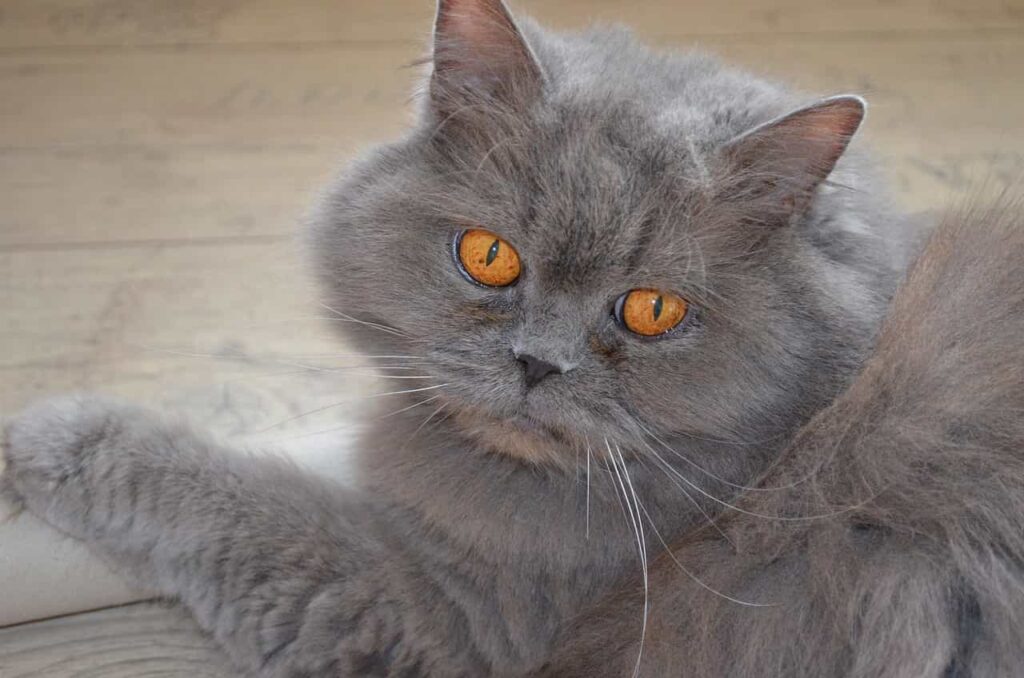

Health and problems of British Longhair cat:
They have some common health issues, such as
Hypertrophic Cardio Myopathy (HCM):
Thickening the walls of the heart. A regular ultrasound of the heart can be the best way to avoid it.
Polycystic Kidney diseases (PKD):
These have been inherited in Longhairs. Some Syst grows and becomes big in the Kidney at a very early age. So, a regular vet check-up is a must.
Neonatal Isoerythrolysis:
B-typed blood because of the interbred of A and A.B. type blood. So, this kind of kitten suffers from the problem. It is an immune-mediated reaction with the rupture of the Red blood cells.
Diabetes and Obesity:
Be care full about the overeating of your Britannica. They are prone to have more food.
Hairballs:
As you know that British Longhairs are long-coated, so there is a maximum possibility of growing hairballs. It can cause vomiting if the cat ingests the hairballs daily. That’s why daily coat brushing is a must for them.
Besides, the breed also suffers from Hepatic Lipidosis, obesity, Arthritis, and Diabetes.
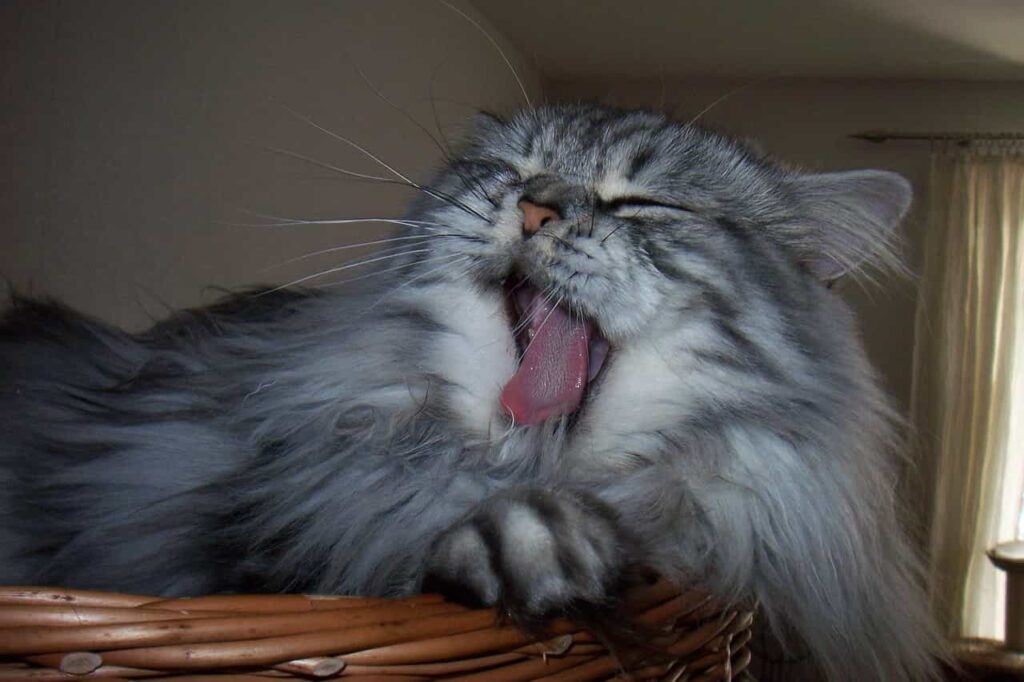

Food and nutrition tips for British Longhair cat:
As the breed is not so active and playful and very foody in bonus, never provide them plenty of food. Always use a measuring cup for them.
Only two times feeding is enough for the adults and three times for the kittens. Never give them human food and the common table.
Readymade dry food and natural food are the best for them. Obesity is a big problem among British Longhairs.
The adult Longhairs need 70 Calories of food per K.G. of weight every day.
Some facts about British Shorthair:
The British Longhairs have more than 300 colour combinations.
The breed’s long furs are the result of an accident. That means to save the British Shorthair breed due to the destruction of the second world war (1939-1945), British Shorthairs are crossed with Russian Blue and Burmese and got long-lengthed furs. It was not supposed to happen. So, it was an accident.
Chubbiess is their natural trait.
They look like just splashed Teddy bears.
They are also smart kitties- they love to enjoy their own time.
It is important to engage them in playing and exercise.
British Longhair’s kittens are less busy than other kitties of other breeds.
The breed isn’t recognized by all the cat associations.
Blue is the most popular colour among the vivid coat colours of British longhairs.
Just like the British Shorthairs, the British Longhairs don’t like to be held and want to live life on the ground.
They’re perfect for solitaire people and also for big families.
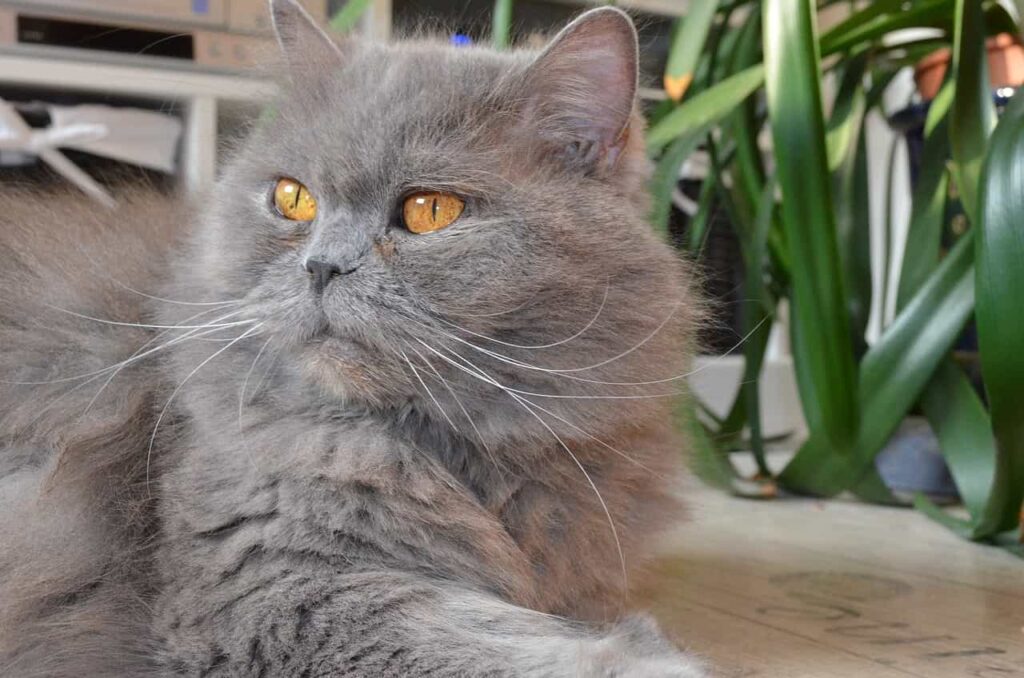

Breed Overview of British Longhair cat:
British Longhairs are the long-furred form of the British Shorthair with the personality and looks of the Persian breed.
A very cute, calm, self-dependent, and accidentally born cats. It is the national cat of the British Isle Islands. They won the heart of the cat lover with their plush coats and chubby face.
The main differences between British Longhairs and Shorthairs in the density and length of coats which are uniquely textured and wavy.
The Longhair’s head is more square, the head more prominent, and their face is slightly longer and has a smushed-faced counterpart.
The breed comes in Chocolate, Cinnamon, Silver, Fawn, Blue, Black, Cream, White, and Red colours, and the coat patterns are Pointed, Tabby, Bi-color, tri-colour, Chinchilla, Torbie, Tortie, etc.
The British Longhairs are recognized by all cat associations but stand out as an amazing cat breed. Their length is 12-14 inches, and their weight is 13-17 pounds. Females are a bit smaller than males.
From where to adopt a British Longhair cat:
You already know that the breed isn’t very common. So, there is a high chance of being fooled by a mixed breed.
Search cat associations’ websites to get the list of the reputed and trusted breeders.
You may also look for breeders nearby as the breed is almost rare, so there is a hard chance of getting them into shelters and rescue groups.
So, keep patience to find a British Shorthair.
Male VS Female British Shorthairs:
The physical difference between males and females in all animals is very common in that males are larger and heavier than females.
Besides, male kittens are more dynamic and playful, whereas females are shy and reserved.

